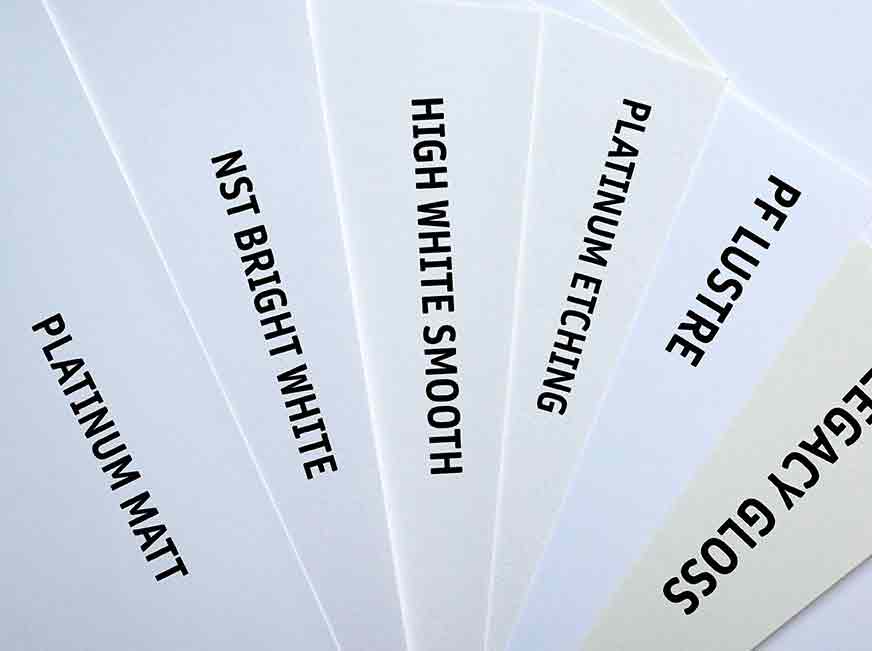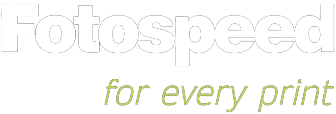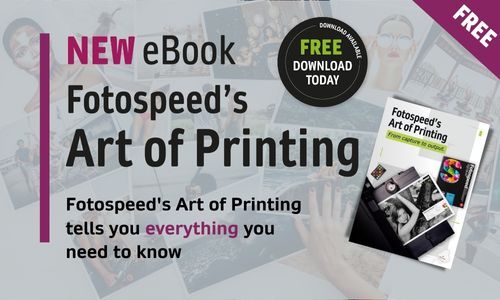What Are OBAs and Why Do We Need Them? By Tim Jones


You may have heard of optical brightening agents, or OBAs, but perhaps you're wondering what they even are or whether you should be using papers with OBAs. Papers with OBAs can create even more striking and vibrant images but are they always the best option? Here’s the lowdown on everything you need to know before you decide.
What are OBAs?
OBAs or optical brightening agents are a chemical compound that is added to the paper to enhance colour. They can either be added to the paper’s coating, as is the case with resin papers, or to the paper base, like with fibre-based papers.
Papers are naturally off-white and yellow in nature, and so OBAs give the paper a higher white point. The natural off-white colour can be perfect for some images, giving off a warmer tone. However, the bright-whiteness of OBAs can often produce a sharper image, and add more punch to the colours or blacks. There is no right or wrong to which is better – it ultimately comes down to personal preference.
How do OBAs work?
OBAs work by increasing the amount of blue light being reflected off the paper. It does this by absorbing light between 300 and 400nm and reflecting it back in the blue spectrum between 400 and 500nm.

The downside to OBAs
OBAs are a great solution to whiten paper and can give prints, especially matte papers, a little extra help and vibrancy. However, the big downside to paper with OBAs is that, over time, the OBAs will disperse and the paper will yellow over the years. This can seriously affect the archival properties of your prints and change the colour.
Different lighting conditions can affect how much of the blue spectrum is reflected back. In bright sunshine, the colours of the print may appear vibrant, whereas household lighting may cause them to appear flat. While this may be the case with all printing on non-OBA paper and OBA paper, the effect is more noticeable on OBA papers.
When UV light gets through to your print, it can cause more UV to reflect back, affecting the warmth of your image. To prevent this, when framing your images, it’s recommended to use museum glass, which can stop the natural UV light rays from getting through to print.
Below is an image of Platinum Baryta which contains no OBAs, and Platinum Matt paper which does contain OBAs, under UV light. The Platinum Baryta appears darker and is not reflecting as much of the UV wave form as the OBAs in the Platinum Matt.

When we profile paper the spectrophotometer has a fixed UV light level to activate the OBA component. This will more than likely be different to all but a few light sources you are using to view your printing. As a result, you may notice inconsistencies in colours on your prints.
The inconsistencies that OBAs can cause are the main problem with papers containing OBAs. If you are using papers with OBAs, you need to be conscious that they will appear different under different lighting conditions.

So, should we be using OBA papers?
The simple answer to that is yes and no. There are a few problems with using paper with OBAs in. However, if you are aware of these issues, you can manage your expectations a little and be prepared for the print to appear different in different conditions. One of the biggest problems is that the OBAs will diffuse over time, changing the way the print will look, which may be an issue if you chose to sell your prints.
This is why most fine art printers tend to use OBA-free papers to eliminate these issues and manage expectations. However, OBAs will still last in papers for decades, especially if they are not exposed to much UV light.
Most fine art papers will contain a certain amount of OBAs. Paper with a brighter white point has become more desirable in recent years, but this isn’t always the best choice. The amount of OBAs varies, so navigating the different types can be difficult, but luckily we’ve broken it down below.
OBA-free Papers
Here at Fotospeed we offer a range of OBA free papers which we have listed below. If you want a paper without OBAs, these are worth looking into.
|
Platinum Cotton is a 100% cotton, OBA-free paper. The paper is perfect for golden hour shots as well as landscapes and black and white images if you are looking for a warmer look to your prints. |
 |
 |
Legacy Gloss is a 100% cotton based paper and is the gloss version of the Platinum Cotton. This paper works perfect for black and white images, although it is slightly on the warmer side. Colourful images work well on this paper as it enhances the appearance of colours. |
|
Fotospeed Natural Soft Textured Natural Soft Textured is a smooth paper with a slight texture. It works perfectly for a still life image. |
|
 |
Natural Textured is a paper perfect for artists looking to reproduce artwork as prints. It is a heavy textured paper and also works well with ICM and abstract work. Seascapes also work particularly well on this paper. |
|
If you have read my blogs before you will know all about our Platinum Baryta paper and how it is amazing for black and white images and also colour. The Baryta content in the paper gives deep and rich blacks. |
 |
To learn more about OBAs, have a look at our latest video on OBA's on our YouTube Channel.



